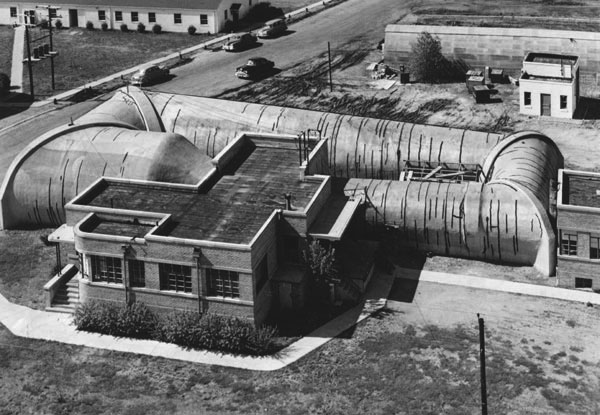Watching Wichita become ‘Air Capital of the World’
By Tom Whitney November, 2013
In the 1930s Wichita was known as the Air Capital of the World.
During the 1940s war era Wichita became the Air Capital of the World. More aircraft were being built in Wichita than any other place in the world.
During World War II, Beech, Boeing, and Cessna built many aircraft, both trainers and combat planes for the war effort. By 1948, three years after the war had ended, many military aircraft were still flying around Wichita.
I’ll never forget watching the Boeing B-47 jets flying over west Wichita many times each day during the late 1940s and early 1950s. They were a great looking aircraft. Many times pilots would fly faster than the speed of sound and cause a sonic boom. I remember them coming so close the windows in our house rattled.
At the same time Boeing, still building aircraft, would test their jet engines by firing them up and then running them continually for 10 to 15 minutes several times day and night. Even though they were at the far south end of town, these engines were still plenty loud in northwest Wichita. Some nights it was difficult to sleep when the engines were being run at 11 p.m.
After several years of citizens throughout Kansas and Oklahoma complaining about deafening noise and window damage, it was decided that breaking the sound barrier within the city limits was against the law. This was a positive change for the city.
Of course the jet engines continued to be tested all times of day or night at Boeing.
An interesting thing happened to my brother, Mason, and me during that time.
Our mother, who was born and raised in the 1500 block of N. Fairmount, would take us there frequently while she visited some of her childhood friends.
Wichita University was just two blocks away. One day in 1952 while we were on the way to visit one of her friends, we asked her to take us by the Beech Wind Tunnel.
Aerial view of Walter H. Beech Memorial Wind Tunnel at University odf Wichita. View is looking North. Photograph taken June 30, 1951. Photo courtesy of www.wichitaphotos.org.
In those days it was on the far southeast side of the campus. When we drove up to the wind tunnel our mouths dropped wide open. Eight gutted aircraft fuselages were lying next to the wind tunnel. No landing gear remained on any of them, and most of their wings had been torn off. They were just right for us to play in and around.
We begged our mother to leave us there to play in the aircraft. She finally agreed that we could play for only an hour. We played in and around all of them until she came to pick us up an hour later. It was a hot summer afternoon and we were alone the entire time.
By the end of summer we had been back three more times. We hoped the planes would be there indefinitely so we could come back several times before it got too cold, but they were gone within two weeks after our last time playing in them.
We felt fortunate that we got to play the number of times we did. Neither of us had ever been in an airplane before then.
Another interesting thing is that I worked in the aircraft industry for 43 years and my brother became a military pilot flying A-7s and F-16s. He retired in 2012 after 45 years of military service.
Every so often I wonder if the exposure and fun we had as children at Wichita University playing in the airplanes planted a seed that led to our careers.
Reprinted courtesy The Benjamin Hills/Pleasant Valley Neighborhood Association News.
